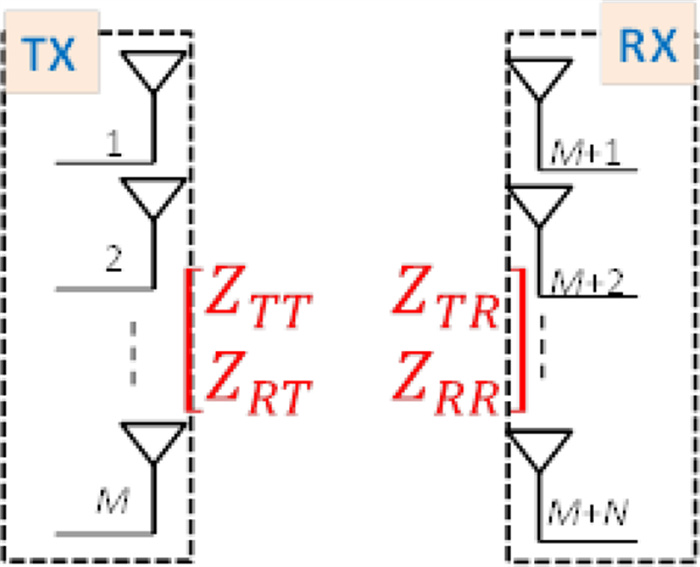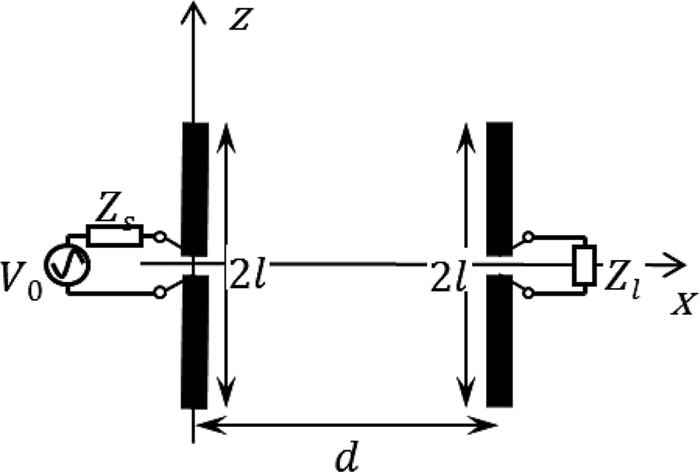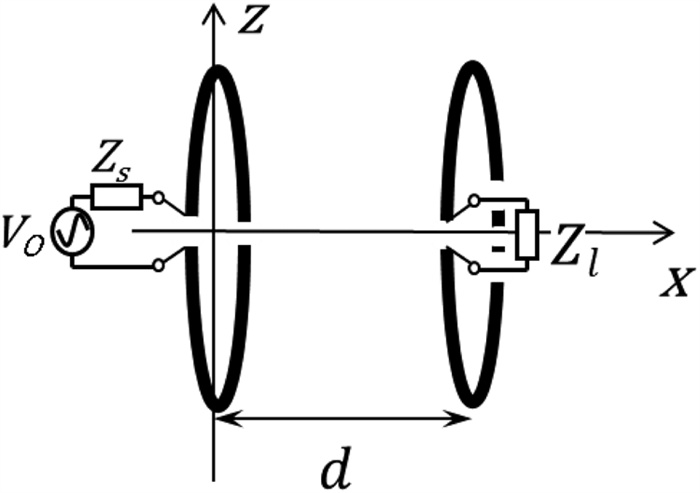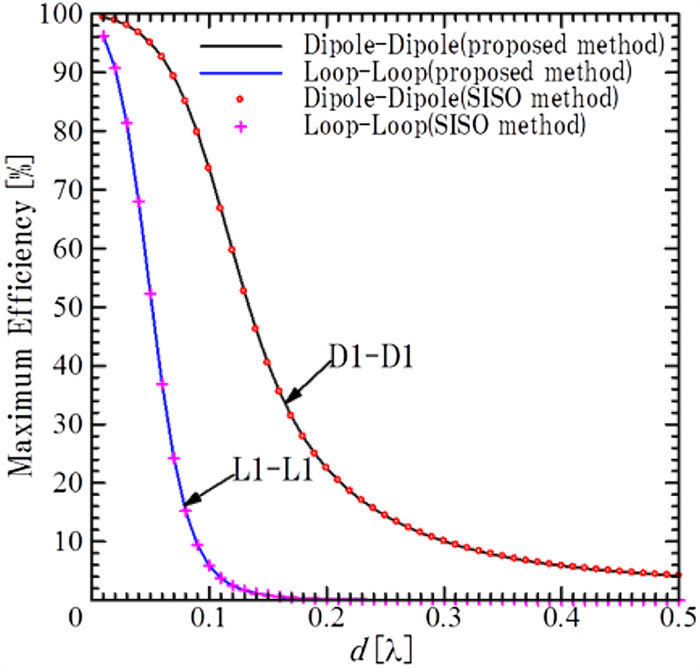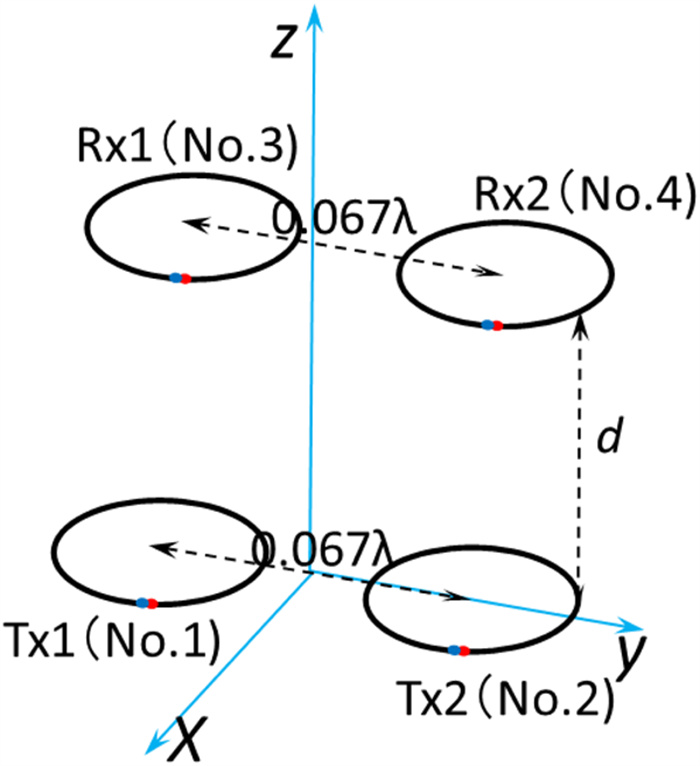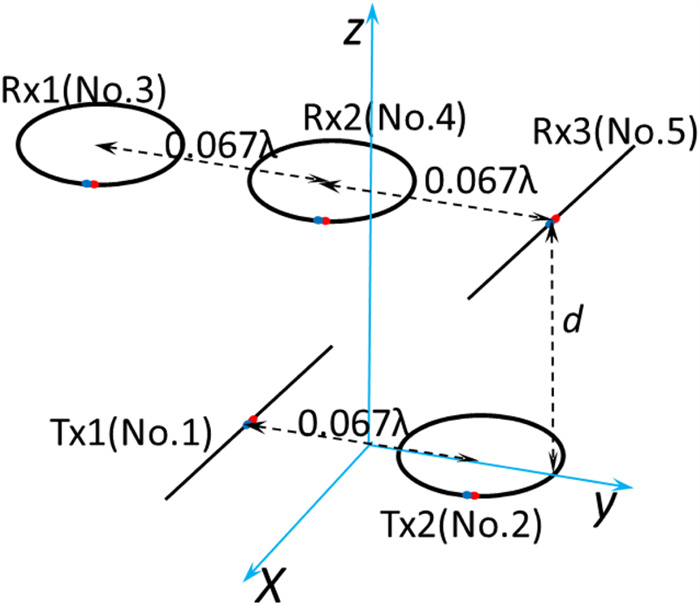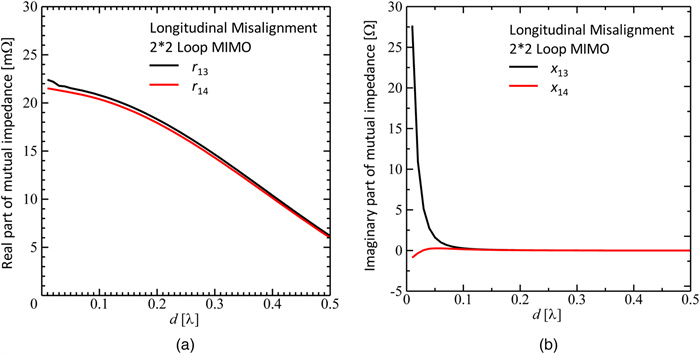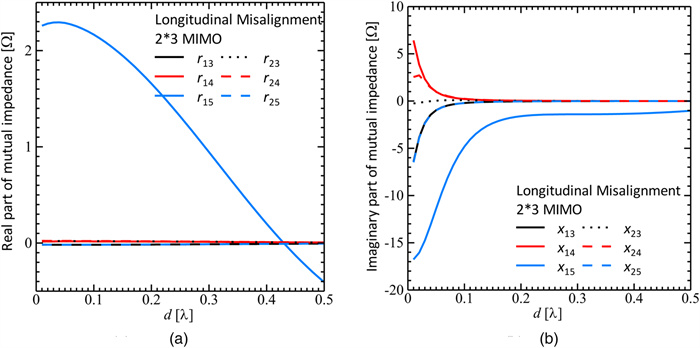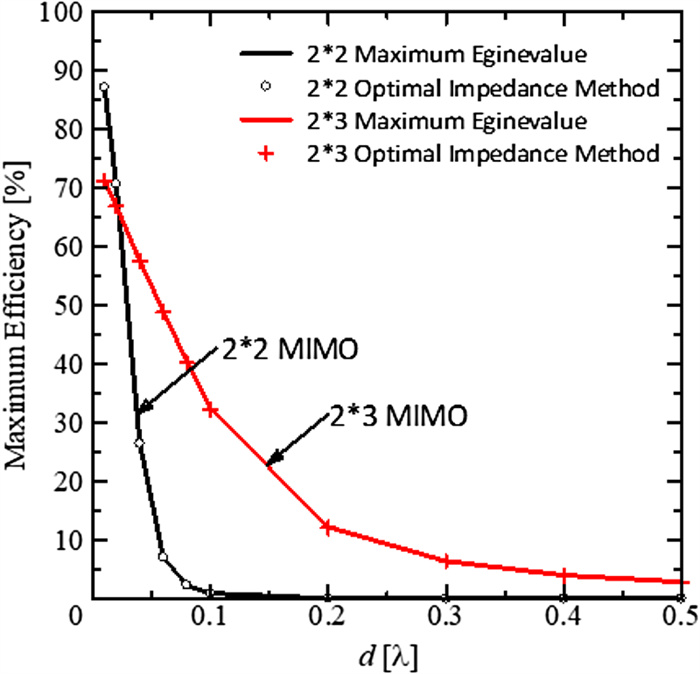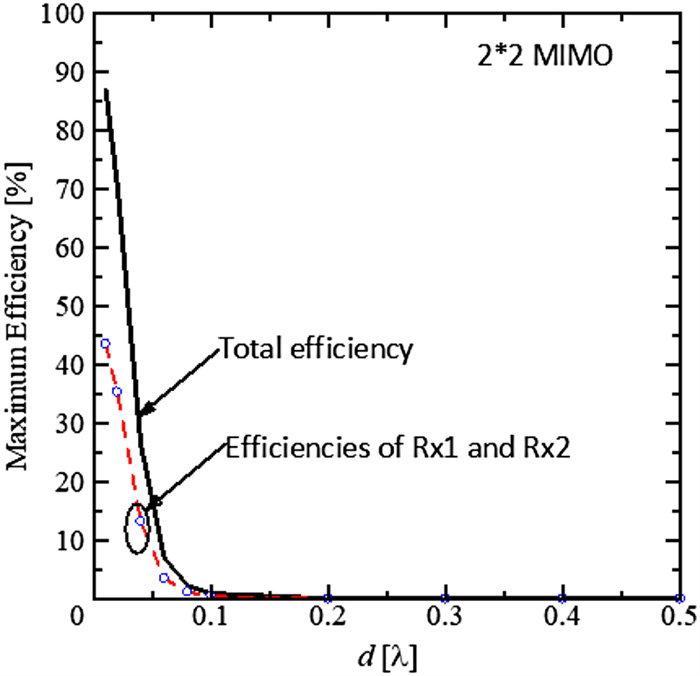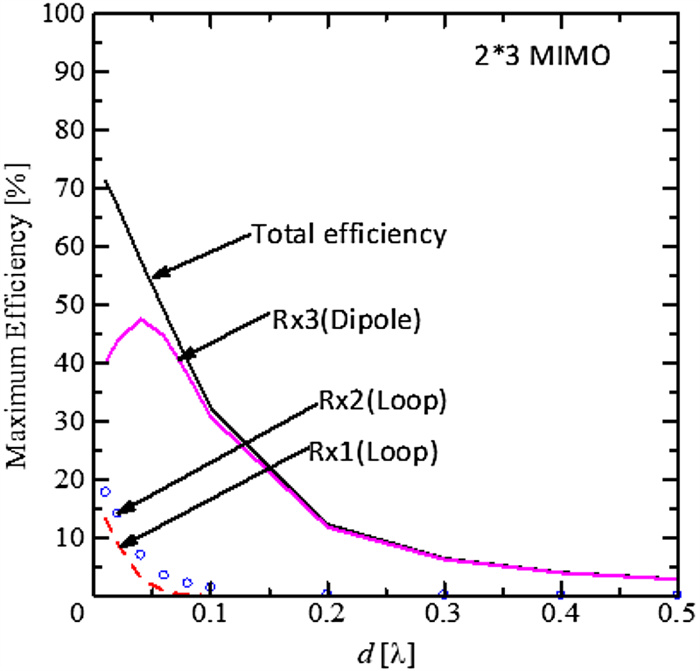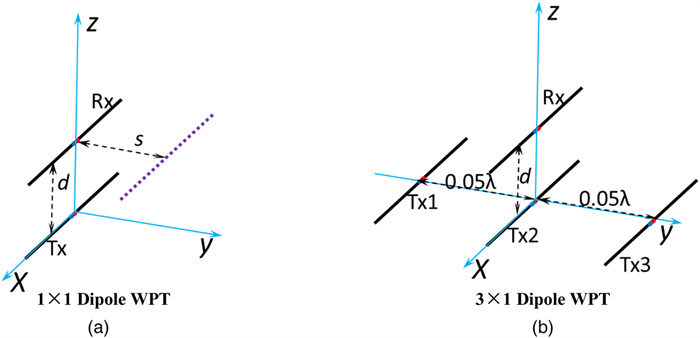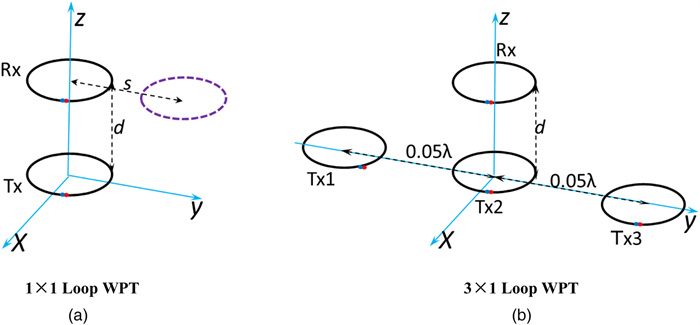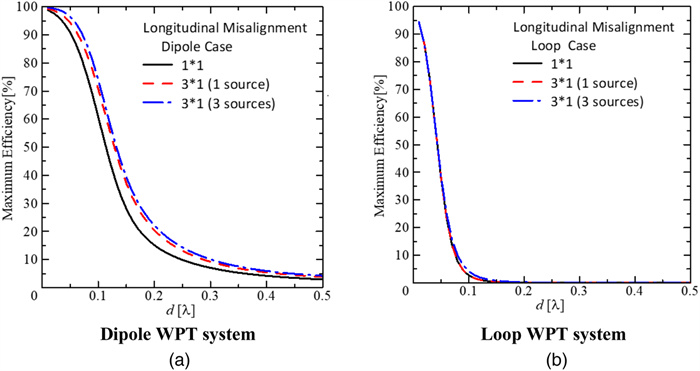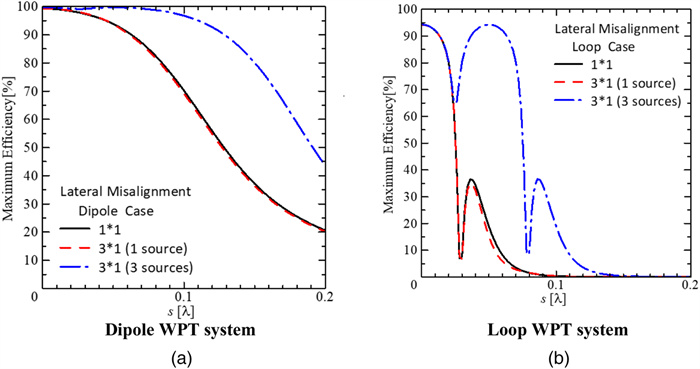Practical applications of universal approach for calculating maximum transfer efficiency of MIMO-WPT system
-
National Institute of Technology, Sendai College, Ayashi Chuo 4-16-1, Aoba-ku, Sendai, Miyagi, Japan
More Information
-
Author Bio:
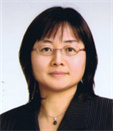 Qiaowei Yuan
Qiaowei Yuan received BE, ME, and PhD degrees from Xidian University, Xi'an, China, in 1986, 1989, and 1997, respectively. From 1990 to 1991, she was a special research student at Tohoku University, Sendai, Japan. From 1992 to 1995, she worked in Sendai Research and Development Laboratory, Matsushita Communication Company, Ltd., engaged in the research and design of compact antennas for second-generation mobile phones. From 1997 to 2002, she was a researcher in Sendai Research and Development Center, Oi Electric Company, Ltd., involved in the researching and designing of small antennas for pager communications and the parabolic antenna for 26.5 GHz fixed wireless access (FWA) communication. From 2002 to 2007, she was a researcher with Intelligent Cosmos Research Institute, Sendai, Japan, involved in the research and development of adaptive array antennas and RF circuits for mobile communications. From 2007 to 2008, she was an Associate Professor of Tokyo University of Agriculture and Technology. She is currently a Professor of the National Institute of Technology, Sendai College. Dr. Yuan received the Best Paper Award and Zenichi Kiyasu Award in 2009 from the Institute of Electronics, Information and Communication Engineers (IEICE) of Japan. She served as the secretary of IEICE Technical Committee on Wireless Power transfer of Japan from 2013 to 2015. Also, she was a visiting scholar at ElectroScience Laboratory of Ohio State University in the United States from April 2015 to September 2015..
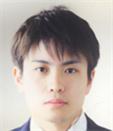 Takumi Aoki
Takumi Aoki is a first-grade student of an advanced course in the National Institute of Technology, Sendai College, Japan. He began a research study on wireless power transfer technology 3 years ago and now he has enrolled for a 3-month internship in Menicon Innovation Center in Geneva.
-
Corresponding author:
Qiaowei Yuan, National Institute of Technology, Sendai College, Ayashi Chuo 4-16-1, Aoba-ku, Sendai, Miyagi, Japan. E-mail: qwyuan@sendai-nct.ac.jp
-
Abstract
In this paper, a concise and universal method to calculate the maximum RF (radio frequency) power transfer efficiency between arbitrary multiple transmitters and multiple receivers wireless power transfer (MIMO-WPT) system is presented. The method is based on maximum Rayleigh quotient which can be deduced either from the multi-port impedance matrix Z or from the multi-port scattering matrix S. Moreover, without any limitation on the transmitting/receiving element's geometry, numbers, operating frequency, coupling method, and so on, the approach is capable to evaluate both the transfer efficiency and the maximum transfer efficiency (MTE) of any type of transmitting and receiving elements, and to obtain the optimum impedances for all transmitting or receiving ports as well. At the end of this paper, the MTEs of some typical MIMO-WPT systems will be calculated to validify the proposed method, and the effectiveness against the receiver's misalignment by using multiple transmitters will be demonstrated.
-
About this article
Cite this article
Yuan Q, Aoki T. 2020. Practical applications of universal approach for calculating maximum transfer efficiency of MIMO-WPT system. Wireless Power Transfer 7(1): 86-94 doi: 10.1017/wpt.2020.7
|
Yuan Q, Aoki T. 2020. Practical applications of universal approach for calculating maximum transfer efficiency of MIMO-WPT system. Wireless Power Transfer 7(1): 86-94 doi: 10.1017/wpt.2020.7
|


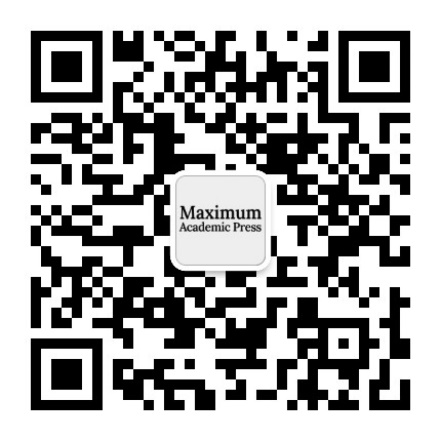
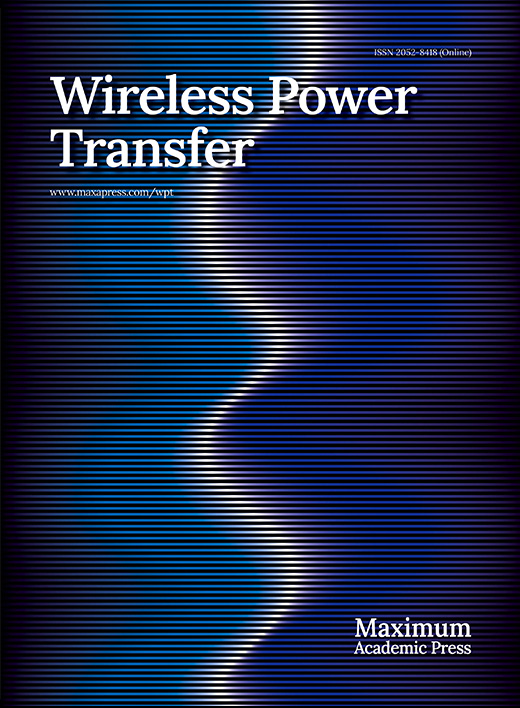






 Qiaowei Yuan received BE, ME, and PhD degrees from Xidian University, Xi'an, China, in 1986, 1989, and 1997, respectively. From 1990 to 1991, she was a special research student at Tohoku University, Sendai, Japan. From 1992 to 1995, she worked in Sendai Research and Development Laboratory, Matsushita Communication Company, Ltd., engaged in the research and design of compact antennas for second-generation mobile phones. From 1997 to 2002, she was a researcher in Sendai Research and Development Center, Oi Electric Company, Ltd., involved in the researching and designing of small antennas for pager communications and the parabolic antenna for 26.5 GHz fixed wireless access (FWA) communication. From 2002 to 2007, she was a researcher with Intelligent Cosmos Research Institute, Sendai, Japan, involved in the research and development of adaptive array antennas and RF circuits for mobile communications. From 2007 to 2008, she was an Associate Professor of Tokyo University of Agriculture and Technology. She is currently a Professor of the National Institute of Technology, Sendai College. Dr. Yuan received the Best Paper Award and Zenichi Kiyasu Award in 2009 from the Institute of Electronics, Information and Communication Engineers (IEICE) of Japan. She served as the secretary of IEICE Technical Committee on Wireless Power transfer of Japan from 2013 to 2015. Also, she was a visiting scholar at ElectroScience Laboratory of Ohio State University in the United States from April 2015 to September 2015..
Qiaowei Yuan received BE, ME, and PhD degrees from Xidian University, Xi'an, China, in 1986, 1989, and 1997, respectively. From 1990 to 1991, she was a special research student at Tohoku University, Sendai, Japan. From 1992 to 1995, she worked in Sendai Research and Development Laboratory, Matsushita Communication Company, Ltd., engaged in the research and design of compact antennas for second-generation mobile phones. From 1997 to 2002, she was a researcher in Sendai Research and Development Center, Oi Electric Company, Ltd., involved in the researching and designing of small antennas for pager communications and the parabolic antenna for 26.5 GHz fixed wireless access (FWA) communication. From 2002 to 2007, she was a researcher with Intelligent Cosmos Research Institute, Sendai, Japan, involved in the research and development of adaptive array antennas and RF circuits for mobile communications. From 2007 to 2008, she was an Associate Professor of Tokyo University of Agriculture and Technology. She is currently a Professor of the National Institute of Technology, Sendai College. Dr. Yuan received the Best Paper Award and Zenichi Kiyasu Award in 2009 from the Institute of Electronics, Information and Communication Engineers (IEICE) of Japan. She served as the secretary of IEICE Technical Committee on Wireless Power transfer of Japan from 2013 to 2015. Also, she was a visiting scholar at ElectroScience Laboratory of Ohio State University in the United States from April 2015 to September 2015..  Takumi Aoki is a first-grade student of an advanced course in the National Institute of Technology, Sendai College, Japan. He began a research study on wireless power transfer technology 3 years ago and now he has enrolled for a 3-month internship in Menicon Innovation Center in Geneva.
Takumi Aoki is a first-grade student of an advanced course in the National Institute of Technology, Sendai College, Japan. He began a research study on wireless power transfer technology 3 years ago and now he has enrolled for a 3-month internship in Menicon Innovation Center in Geneva. 


